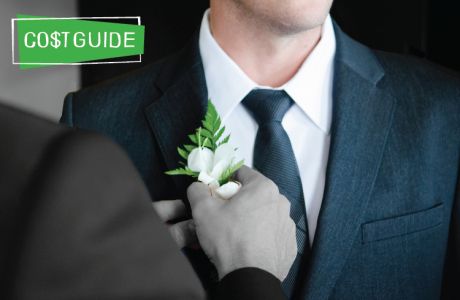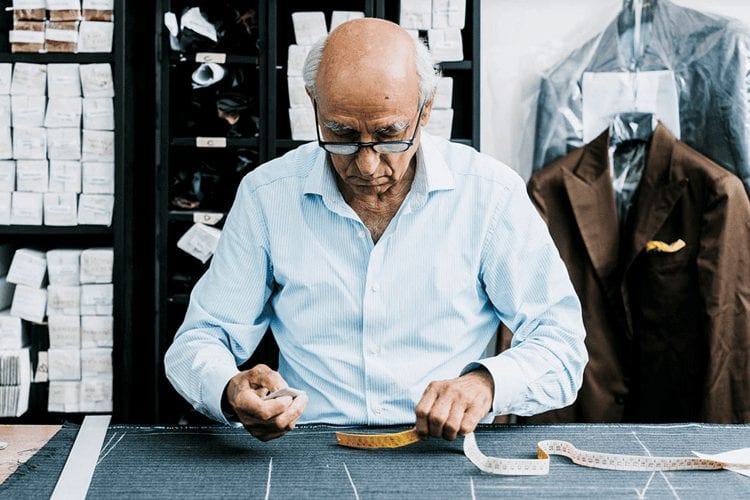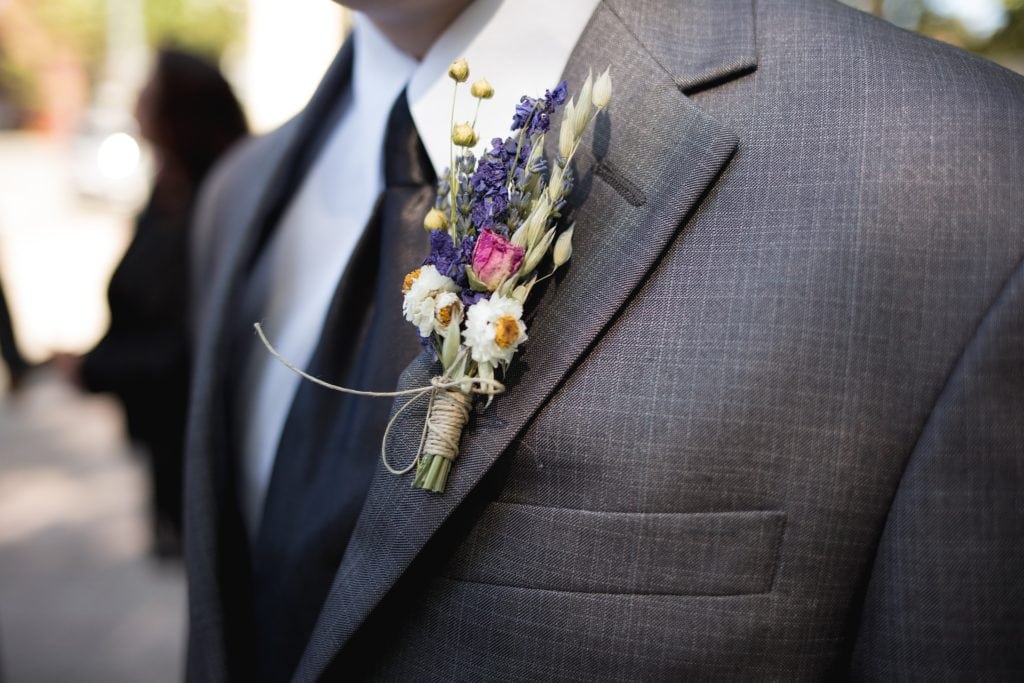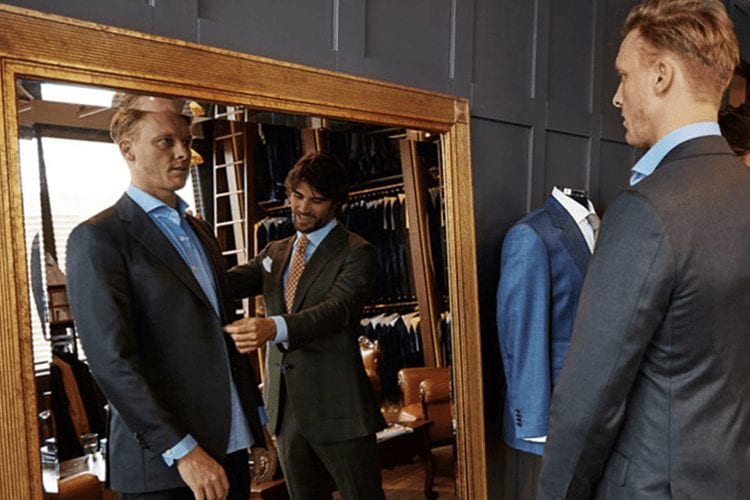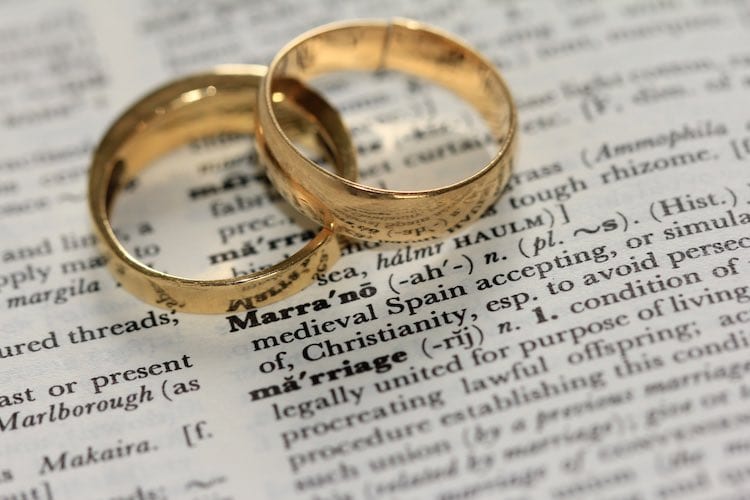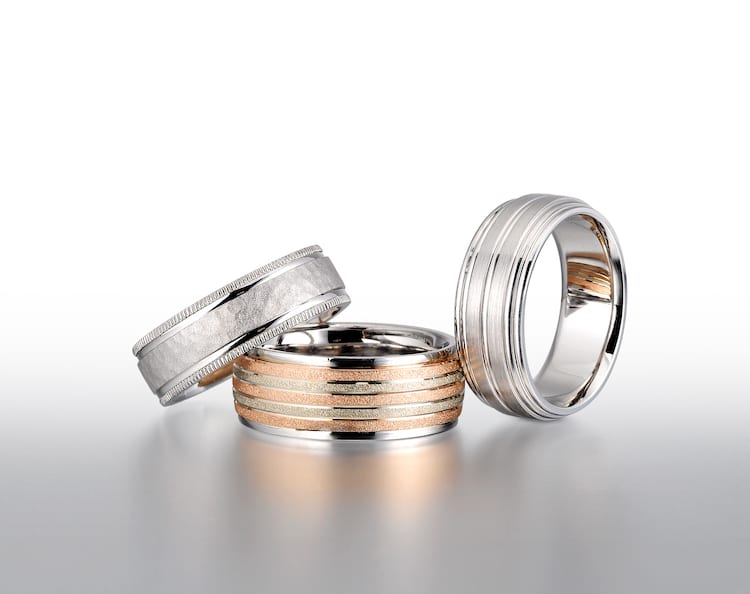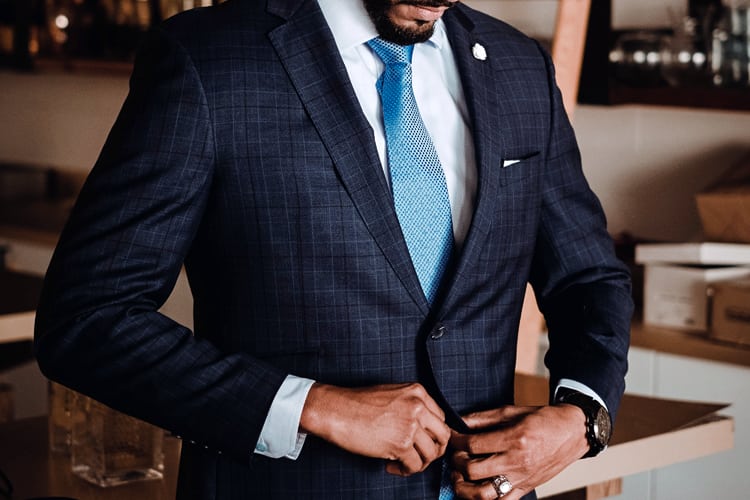
When it comes to buying a suit for your wedding, you have three basic options: bespoke, made-to-measure and off-the-rack (also known as “off the peg” or “ready to wear.”) We discuss elsewhere how cool it is to order a bespoke suit. Made-to-measure is a similar beast, though instead of starting completely from scratch, your tailor will base the suit on a standardized pattern (which means less fittings for you).
Off-the-rack is how most people buy suits. It’s a finished suit designed to a standardized size. Off-the-rack suits are generally less expensive, but even so, you can still look like a million bucks in one.
We’ve told you about color, complexion and dress code, but by far the most important element of looking good in a sharp suit is the fit. If the fit is wrong, the suit is wrong.
In an ideal world, your off-the-rack suit would fit you perfectly, but of course this isn’t an ideal world, so you’ll probably have to get it altered.
To make an off the-rack suit fit perfectly, you need to find a tailor. Not a tailor in the Savile Row sense, but a guy who for the sake of a few bucks will magically transform you into a wardrobe makeover after-picture. If you don’t know one, ask your local department store or dry cleaners where they send their alterations.
Of course, some changes are beyond the most skilled – and expensive – tailor’s powers. The trick is to know which. And whatever your budget, always set aside 10-20 per cent for adjustments. Because if the fit’s not right, then even the priciest suit will look cheap.
Shoulders
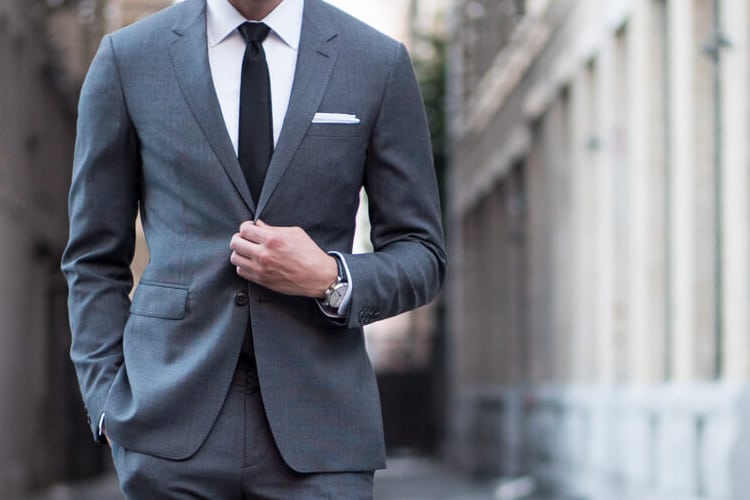
Proper fit begins with the shoulders: if they’re out of whack then the pooch is pretty much screwed. The seam that connects the sleeve to the body of the jacket should hit where your arm joins your body. (Feel along your collarbone until you reach the bony protrusion.) Too far in either direction and the suit will pucker along the shoulders and down the top of the arms. The top of the shoulder should lie flat, and the sleeve hang straight down.
Shoulders can be taken in, and in theory even extended – provided that there’s enough material under the seam. (Most off-the-peg manufacturers keep this to a bare minimum in order to cut costs.) But it’s a false economy, as it requires hours of labor and will cost you an arm and a leg (both of which are much easier and cheaper to alter (see below). If the shoulders aren’t right, continue to shop.
A side note: If there are big “baste” stitches (usually but not always white) along the top of the shoulder, take them off — carefully, with some small scissors — before you wear it. Failing to do so is like walking out of the house with the tags still on your short: more embarrassing than what happened on your bachelor party.
Stomach
When your jacket is fastened – which it should always be if you’re standing up – there should be daylight between your arms and your torso, and a nice curve inwards to your waist; there shouldn’t be enough room between your chest and lapels to fit a baby sling.
Too small though and your lapels will crease, the fabric will wrinkle and the hem will flare out like a skirt. The waist can be let out if there’s enough material. But you’re safer buying a size up – as long as the shoulders are on point, of course – and having it taken in.
BTW, in case you don’t know, never use the bottom button. Only fasten the top button of two, or the middle and optionally the top of three and never the bottom – even on a double-breasted suit or a vest. The bottom button is like the rookie test
Collar
It should lie flush against your shirt collar, and the fabric underneath should be smooth. If there’s a gap, the jacket’s too big, or you have a weird posture or body. If if it’s “rolled”, then the slope of the jacket’s shoulders doesn’t match your own. Either way, the collar is much like the shoulders: it can be fixed, but only with great difficulty and expense.
Sleeves

As a general rule, there should be about a half an inch of shirt sleeve visible. Thankfully, length is a pretty easy fix – unless the buttonholes are “functioning” ie they can be unfastened.
One or two buttons deliberately left undone used to indicate a bespoke suit, but it’s increasingly common on off-the-rack suits as well. (It hardly costs the manufacturer anything, and they can charge more.) But unlike fake buttonholes, ironically, they can’t be moved, limiting how far you can adjust the sleeves in either direction without throwing off the proportions.
As always, shortening is easier than lengthening, which is constrained by the amount of fabric under the cuff or (occasionally and more complicatedly) at the top.
Sleeves can also be narrowed if they’re billowing around your biceps, although how much depends on the the size of the armhole. There isn’t usually enough fabric to widen them, so if you’ve got more biceps to spare than The Rock, size up and slim the sleeves down. Spiralling creases indicate that the jacket’s arm and yours are at different angles. It can be altered – the jacket’s, that is – but see “shoulder” and “collar”, then look elsewhere.
A side note: If there’s a label on the sleeve – put there for production or shop staff to identity the jacket – then take it off with your trusty small scissors. Failure to do so is even more embarrassing than forgetting to remove the baste stitches.
Jacket length
It’s partly a question of personal preference, and the fashion is for short “bumfreezers”. But more traditionally and elegantly, a jacket should finish round about where your butt starts to bend back towards your leg, or where your fingers meet your palm when your arms are by your sides. You can’t lengthen a jacket, and you don’t want to shorten it, because it’ll mess with the balance.
A side note: If the “vents” or slits at the back are stitched together with an X — to keep the jacket pristine in transit and the store — then you know what to do (small scissors, etc.)
Pant waist and seat
Your pants should stay up without a belt, and in fact it’s considered a faux pas by snooty sorts to wear one with a formal suit at all. (The idea being that if your suit is properly tailored and fits right, you shouldn’t need one).
As always, taking in is better than letting out, which is limited by the amount of spare fabric on the inside of the centre-back seam. If there are lines on the front of your pants pointing towards your crotch and your pockets stick out, then you need to size up, especially if putting your hands in said pockets reveals the outline of your wedding tackle. If the back of your pants sags like an Extreme Weight Loss contestant before skin removal surgery, then size down: taking them in too far will also wreck the pockets.
Pant cuff
Another question of preference and fashion, though flashing mankle on your wedding day is probably not a good move, unless maybe you’re having a beach wedding.
Traditionally though, you want your pants to have a “break”: slightly dimpled at the front where they land on your shoe, and hanging straight at the back (no lower than your heel, and not brushing the ground). This one is so easy that your mom could do it – if you ask her nicely.
If a bespoke suit is not in the cards, make sure you buy an off-the-rack suit that will be easy to alter without too much expense. Get as close as you can to the perfect fit, then let your tailor do the rest.






